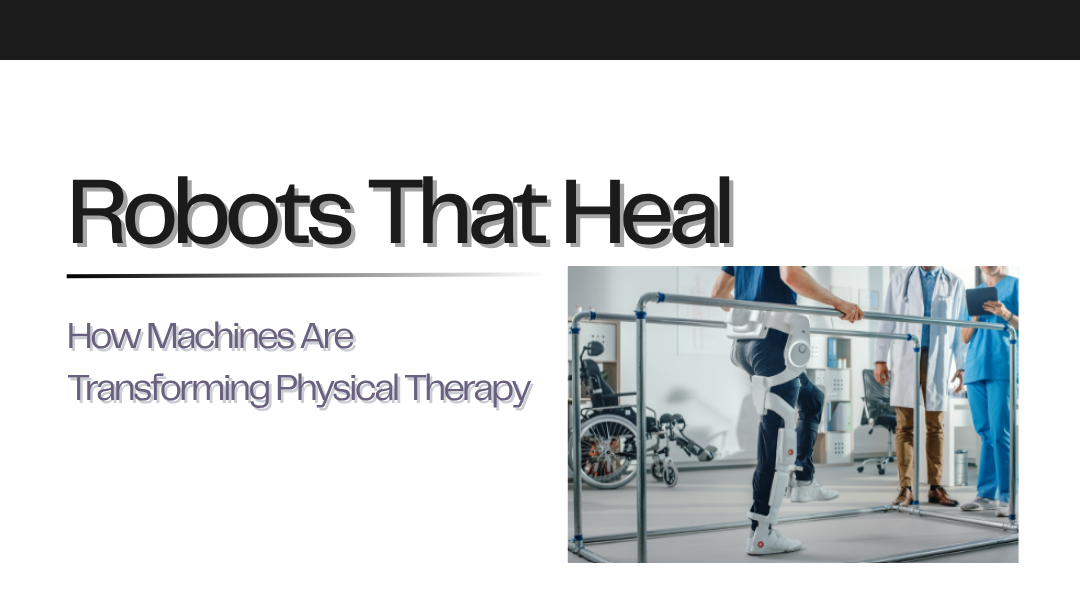The Quiet Revolution in Rehab Clinics
Walk into any cutting-edge physical therapy center today, and you might see something unexpected: patients strapped into robotic exoskeletons taking their first steps after a spinal cord injury, or stroke survivors playing video games controlled by their recovering arms. This isn’t futuristic fantasy—it’s how rehabilitation is evolving in real-time, blending human expertise with machine precision to help patients reclaim their mobility.
From Sci-Fi to Treatment Plans
The journey began in the 1990s with clunky first-generation machines that could barely lift a limb. Now? Robots like EksoNR help paralyzed patients walk again, while Tyromotion’s Diego guides stroke survivors through arm movements with the patience of a saint. The breakthrough came when engineers realized these machines weren’t replacing therapists—they were giving them superpowers.
Meet the Rehab Robots Changing Lives
- The Body Rebuilders (Exoskeletons)
- ReWalk Personal 6.0: This sleek leg brace isn’t just for clinics—it’s FDA-approved for home use, letting paraplegics stand to reach their kitchen shelves.
- Myomo’s NeuroArm: A lightweight sleeve that detects faint muscle signals, helping post-stroke patients feed themselves for the first time in years.
- The Movement Coaches (End-Effector Systems)
- Hocoma’s Lokomat: Combines a treadmill with robotic legs that adjust resistance mid-stride—like a dance partner that knows exactly how much to lead.
- Kinova’s JACO: A graceful arm that helps patients practice pouring water or turning pages, crucial for regaining independence.
- The Gamemasters (Interactive Therapy Bots)
- MindMaze’s VR System: Patients sling virtual pizzas or pop digital balloons, tricking their brains into painful-but-necessary movements.
- Bionik Laboratories’ InMotion ARM: Turns shoulder exercises into a space shooter game—because rehab should never be boring.
Why This Matters More Than You Think
The magic isn’t just in the tech—it’s in the results:
- Stroke patients using the ArmeoSpring robot regain arm function 40% faster than with traditional therapy alone.
- Spinal cord injury survivors practicing with exoskeletons show improved bowel/bladder function—an unexpected bonus from standing upright regularly.
- Kids with cerebral palsy in Rex Bionics’ pediatric exosuit can now take their first unaided steps during critical developmental windows.
The Human Side of Machine Therapy
But here’s what the brochures don’t show:
- The tears of a 72-year-old grandmother when a Gloreha glove helped her stroke-stiffened hand cradle her granddaughter’s face again.
- How veterans with PTSD bond with their Andiamo gait trainer—it never rushes them through painful flashbacks during sessions.
- The way therapists cheer when patients “graduate” from robot-assisted to unassisted movement, like watching a child ride without training wheels.
Real-World Hurdles
For all the promise, challenges remain:
- The $250,000 Price Tag: Most clinics can’t afford a Tibion Bionic Leg, leaving patients to travel hours for treatment.
- The “Robot or Human?” Debate: Some older patients initially balk at machines touching them—until they feel their first pain-free movement in years.
- Insurance Headaches: Getting Medicare to cover a RoboMed session requires more paperwork than a mortgage application.
What’s Coming Next?
The next wave is already here:
- Home-Ready Heroes: Devices like Synchrony’s ExoGlove (a $3,000 take-home hand rehab robot) are bringing the clinic to living rooms.
- AI Therapists: Startups are testing systems that adjust resistance mid-movement based on facial expressions—if you wince, it eases up.
- Neural Hackers: Experimental BrainGate tech lets quadriplegics control exoskeletons with their thoughts alone.
The Bottom Line
This isn’t about robots taking over therapy—it’s about giving patients more weapons in their recovery arsenal. As Dr. Sarah Thompson, lead rehab specialist at Johns Hopkins, puts it: “The best robotic therapist is one the patient forgets is there, until they realize they’ve just moved in ways they couldn’t yesterday.” In a field where every small movement victory counts, that’s progress you can measure in regained handshakes, walked aisles, and reclaimed independence.
